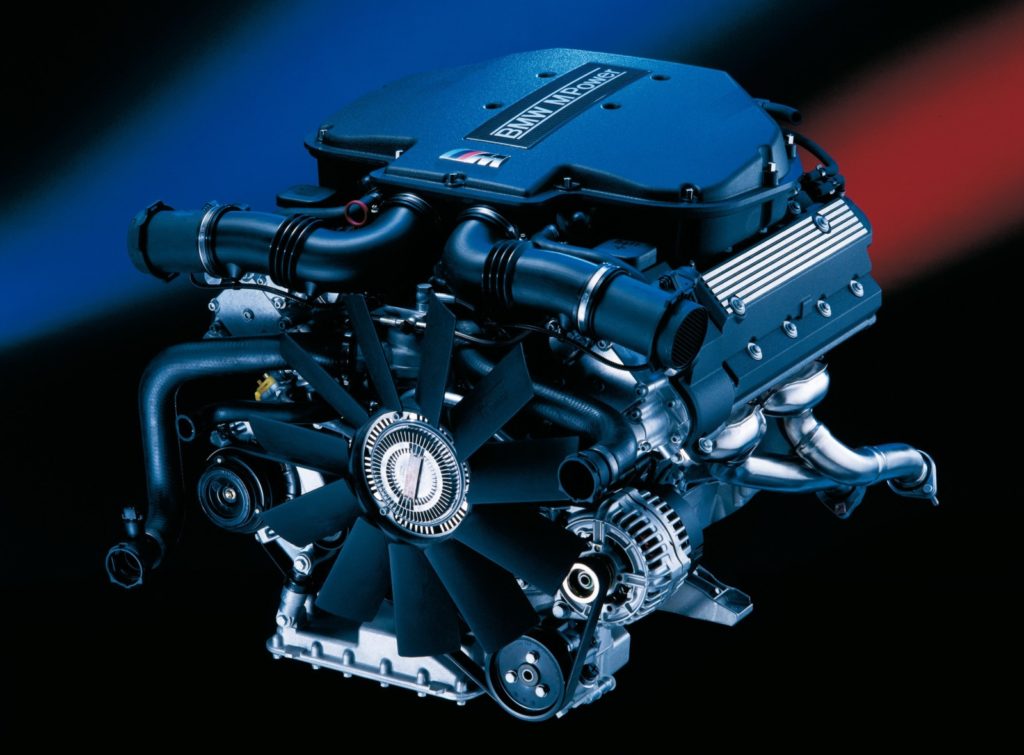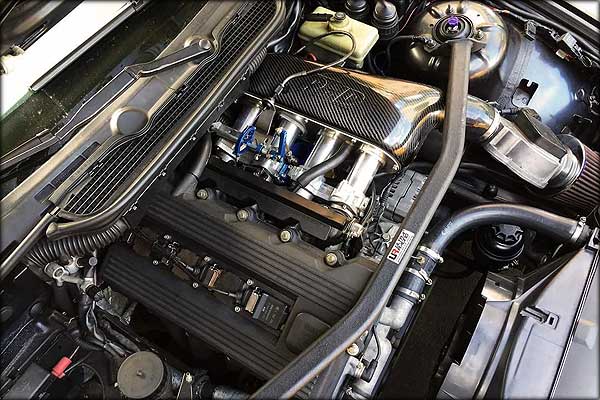Usual Issues Encountered by BMW Engine Owners and Exactly How to Solve Them
Usual Issues Encountered by BMW Engine Owners and Exactly How to Solve Them
Blog Article
Discovering the Development of Combustion Engines in Modern Transport Equipments
As we navigate the landscape of contemporary transport, the advancement of combustion engines stands as a testament to human resourcefulness and design expertise. From their simple starts to the advanced giants thrusting lorries today, combustion engines have undergone an impressive journey of technology and adaptation. Understanding the complexities of this evolution not only clarifies the past however additionally leads the way for picturing what exists ahead in the world of transport innovation. The interplay of background, innovation, and ecological concerns in shaping the trajectory of combustion engines creates a story that is both engaging and informative.
Very Early Beginnings of Combustion Engines
How did the principle of combustion engines very first emerge in the very early stages of transportation advancement? The origins of burning engines can be traced back to the 17th century when the concepts of inner burning were very first explored.
The development moment came with the creation of the initial effective gasoline-powered engine by Karl Benz in 1885 - bmw engine. This engine paved the means for the development of the modern vehicle, reinventing transport systems worldwide. Succeeding developments by Nikolaus Otto and Gottlieb Daimler even more fine-tuned combustion engine innovation, bring about the mass production of vehicles and the fast expansion of the transportation sector
These very early burning engines were identified by their simpleness and effectiveness, laying the foundation for the complicated and effective engines utilized in contemporary transportation systems. The evolution of burning engines has actually been crucial fit the way we take a trip and transport items, noting a considerable milestone in the background of transportation advancement.
Transition to Internal Combustion Innovation
The shift to interior burning technology marked an essential shift in the advancement of transport systems. This change started in the late 19th century, with innovators like Nikolaus Otto and Gottlieb Daimler creating the initial successful internal combustion engines. These engines changed transportation by supplying a more effective and powerful option to vapor engines and electrical motors.
Among the vital advantages of inner burning engines was their capacity to be scaled down to match vehicles, causing the growth of motorbikes and cars. This shift from large, stationary engines to compact, mobile ones led the method for the contemporary transportation systems we see today.
The change to internal burning modern technology additionally spurred developments in fuel innovation, causing the growth of gasoline and diesel as primary gas resources for vehicles. This change not only made transportation more available to the masses however likewise laid the structure for the oil and gas market to end up being integral to worldwide economic climates.
Impact of Combustion Engines on Transport
The adoption of burning engines in transportation systems militarized an extensive shift in the performance and speed of worldwide flexibility. Combustion engines changed transport by giving a reputable and versatile source of power for different vehicles, including cars, ships, planes, and trucks. This development significantly improved the capability for individuals and goods to conform long ranges in much shorter period, resulting in boosted connection in between areas and countries.
In addition, the widespread usage of burning engines has actually had a significant effect on financial advancement. The capacity to carry items effectively has stimulated profession and commerce, allowing businesses to expand their markets and get to consumers worldwide. This has promoted financial growth and globalization, as products can currently be moved much faster and in larger amounts than ever in the past.
Nevertheless, the ecological influence see post of combustion engines can not be forgotten. The combustion of nonrenewable fuel sources has brought about air pollution and greenhouse gas exhausts, adding Look At This to environment change and presenting health and wellness risks to populations. bmw engine. Consequently, there is a growing focus on developing alternate propulsion technologies to alleviate these adverse effects and produce a much more lasting future for transportation
Advancements in Burning Engine Layout
One notable development is the advancement of turbocharged engines, which make use of exhaust gases to drive a generator that presses inbound air, permitting for even more gas to be burnt, resulting in increased power output without a considerable boost in engine size. Variable valve timing systems have also revolutionized engine design by optimizing airflow at various engine rates, boosting both power and effectiveness. These advancements collectively contribute to the continuous renovation of combustion engines in modern transportation systems.
Future Fads in Combustion Engine Development
With modern technology developments driving constant technology, the future of burning engine advancement is poised to reinvent transport systems internationally. One of the crucial fads in burning engine growth is the press towards greater efficiency and reduced emissions.
An additional prominent fad is the fostering of hybrid innovations in combustion engines. Crossbreed engines integrate standard combustion innovation with electrical power, supplying enhanced fuel performance and reduced emissions. As the automotive market shifts in the direction of electrification, hybrid burning engines are seen as a transitional remedy that connects the space between standard automobiles and fully electric ones.
In addition, the combination of clever modern technologies, such as expert system and data analytics, is expected to play a substantial role in the future of combustion engine growth. These technologies go to this website can enhance engine efficiency in real-time, leading to a lot more reliable combustion processes and improved general lorry performance. Accepting these future patterns will certainly not just drive technology in burning engine growth yet additionally add to a more ecologically pleasant and lasting transportation ecosystem.

Conclusion
Finally, the evolution of combustion engines in modern transportation systems has actually been noted by substantial advancements in modern technology and design. From the early starts of burning engines to the transition to interior burning innovation, these engines have had a profound effect on transport. Developments in combustion engine design continue to drive progress in this field, with future patterns concentrating on further enhancing effectiveness and decreasing exhausts. The future of combustion engines in transport looks appealing as research study and development efforts remain to press boundaries.
The origins of burning engines can be traced back to the 17th century when the principles of inner combustion were first checked out. These engines reinvented transportation by supplying a much more effective and reliable option to vapor engines and electrical motors.

Report this page